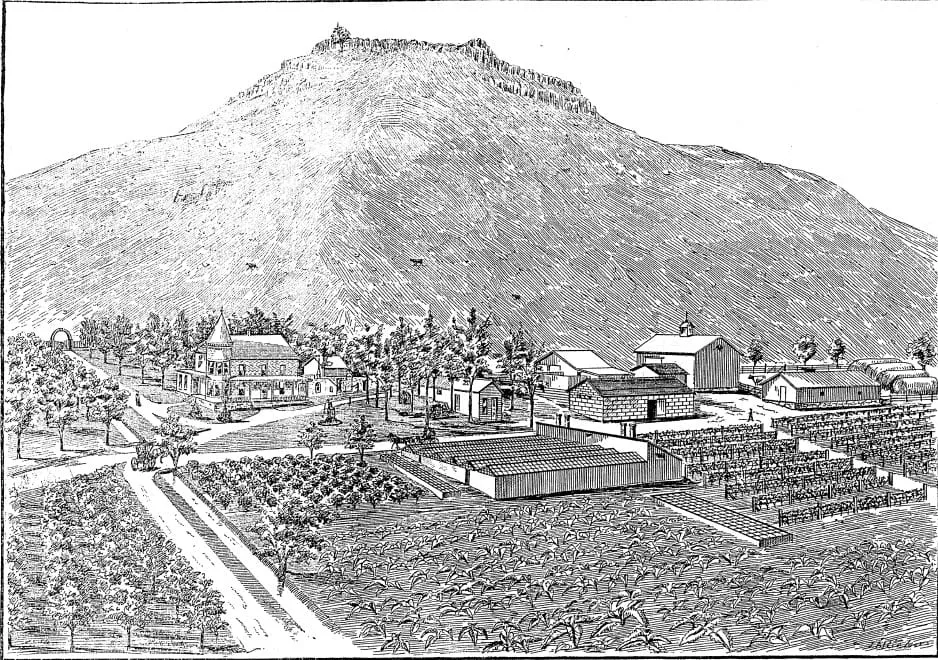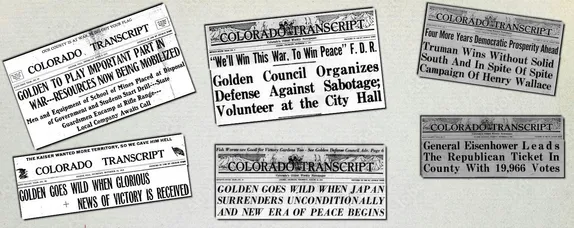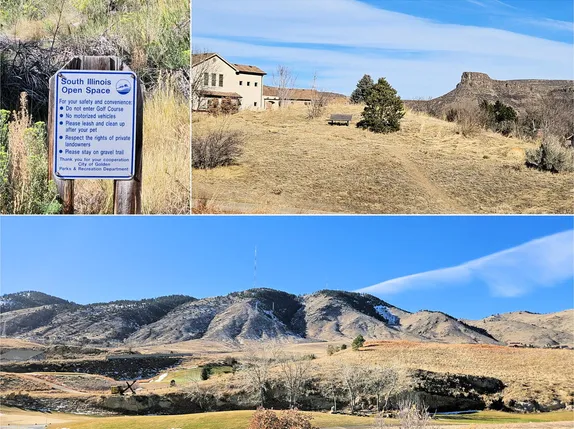Until Coors began a growth spurt in the 1950s, the area between the two Table Mountains was filled with small farms. The July 26, 1893 Colorado Transcript featured an article titled “Our Table Mountain Gardens.” It reports on several of the farms in the Clear Creek valley.
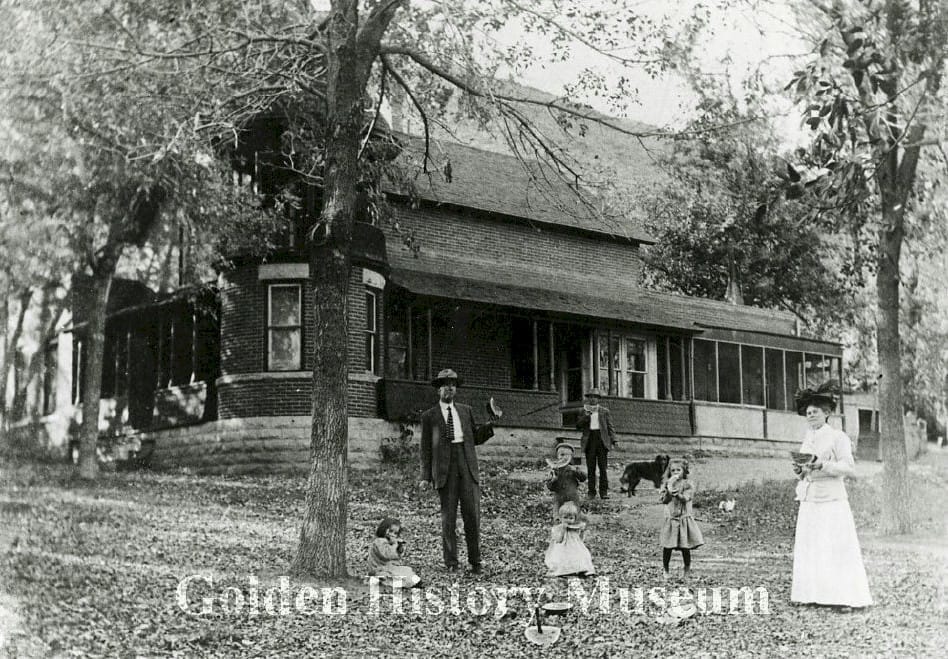
Charles Palmer grew apples, cherries, alfalfa, and grapes. He also had two green houses, each 18×60. In these, he grew small fruits and vegetables for the winter market. J. Smith grew “especially fine” green beans as well as turnips, beets, sweet corn, cane fruits, and tomatoes. Reese Easley had 160 acres of rich soil and most of his crops were sold in Golden.
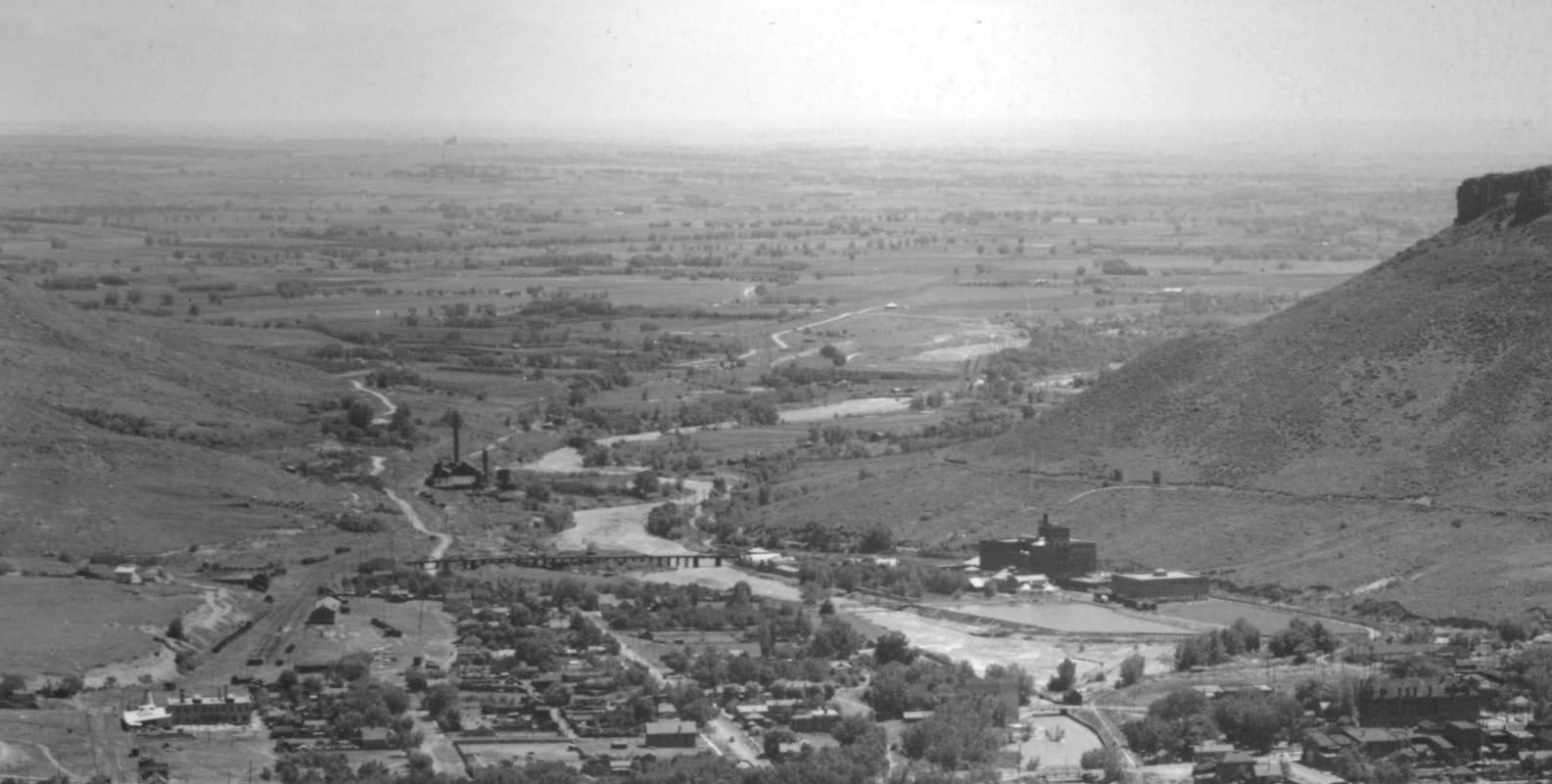
Mrs. Smith and her two sons grew apples, small fruit, and vegetables. “They have brought a cactus and boulder covered second bottom tract to great perfection for the purpose designed." A.C. Shock had a large orchard, small fruits, and market garden tracts under cultivation. He bred livestock–especially horses–and had had bees and poultry. Mr. Shock had a two acre reservoir which provided water to his house, was stocked with fish, and became an ice pond in winter.
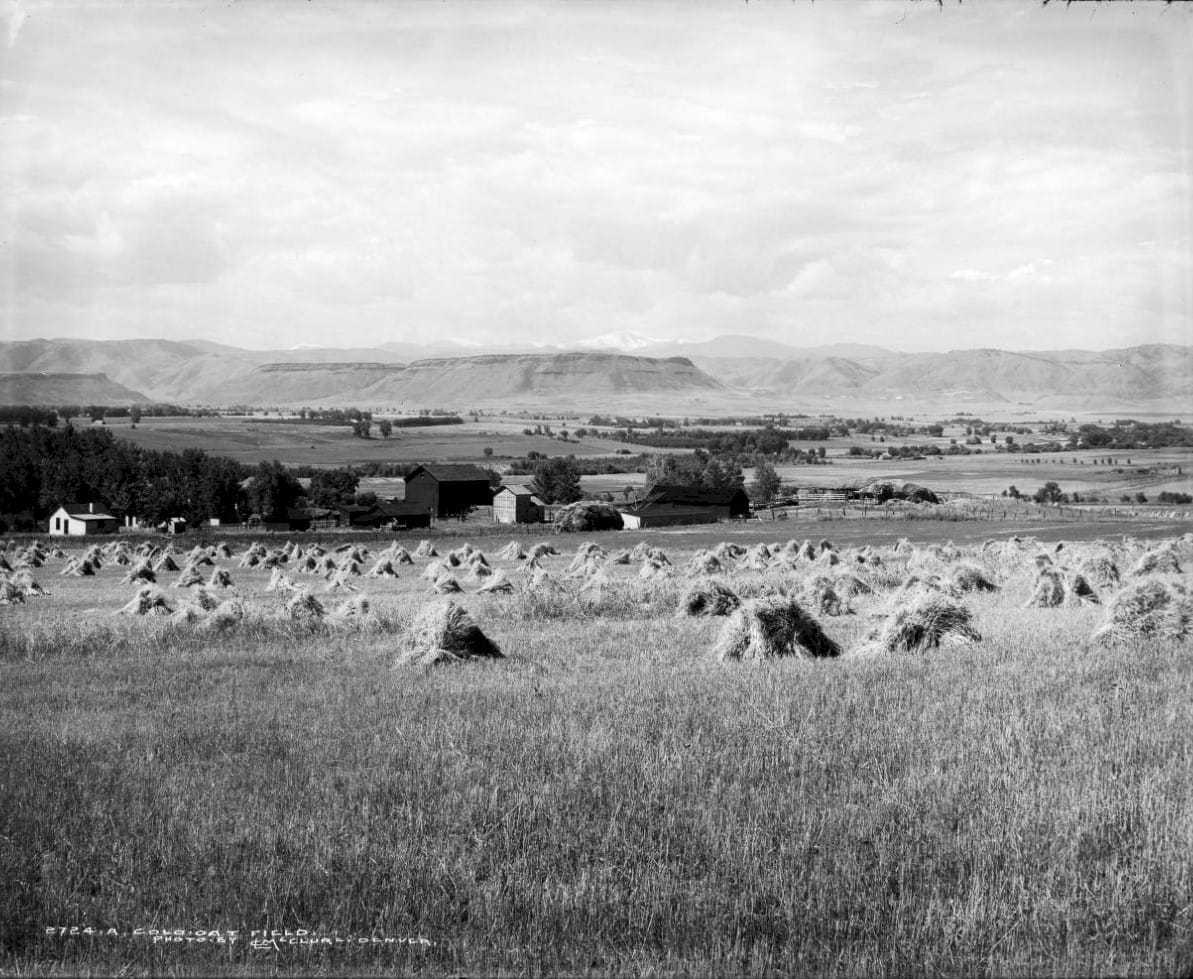
Upland farms (farther from the Creek) did well with less moisture-intensive grain crops, such as wheat and oats.
Thanks to the Golden History Museum for providing the online cache of historic Transcripts, and to the Golden Transcript for documenting our history since 1866!

